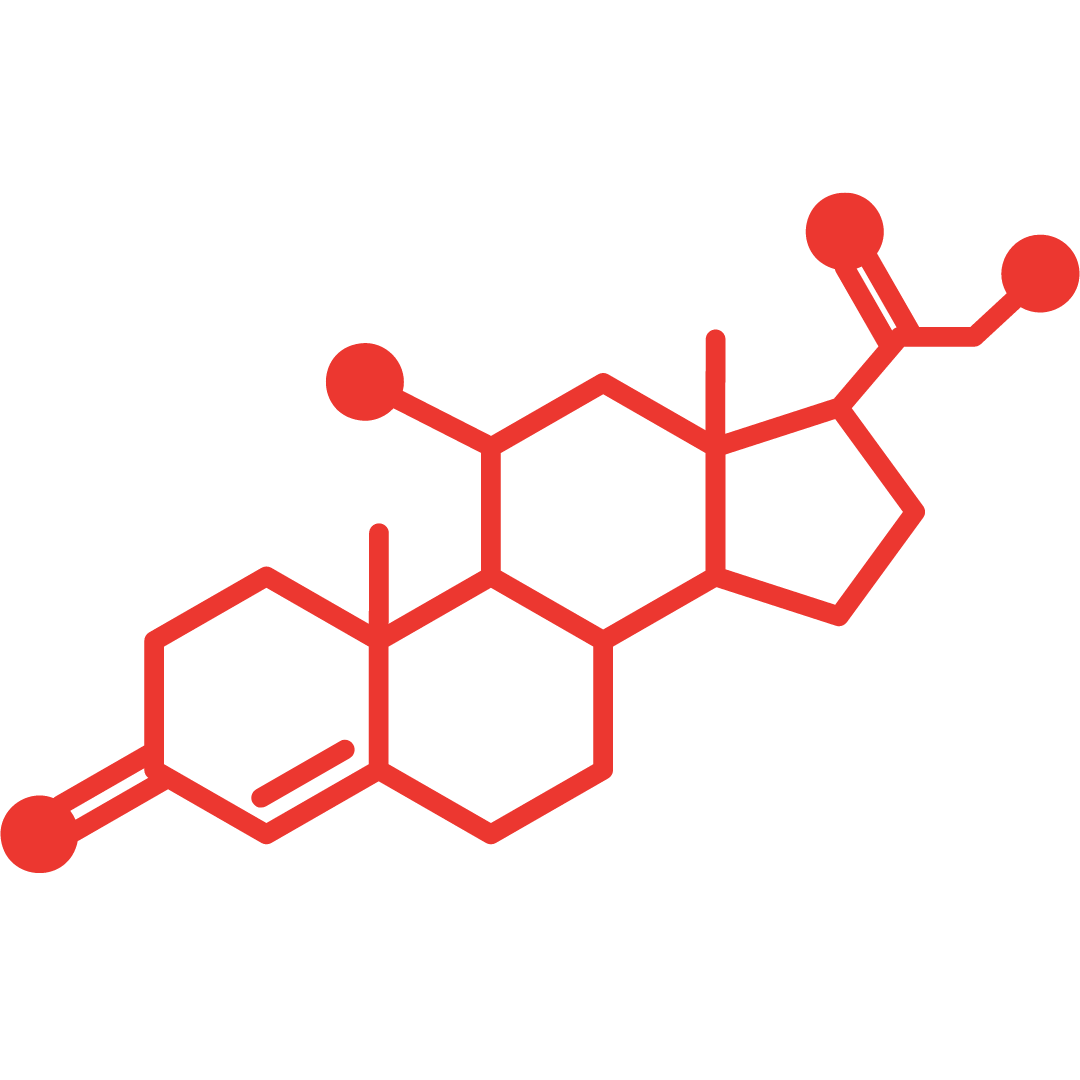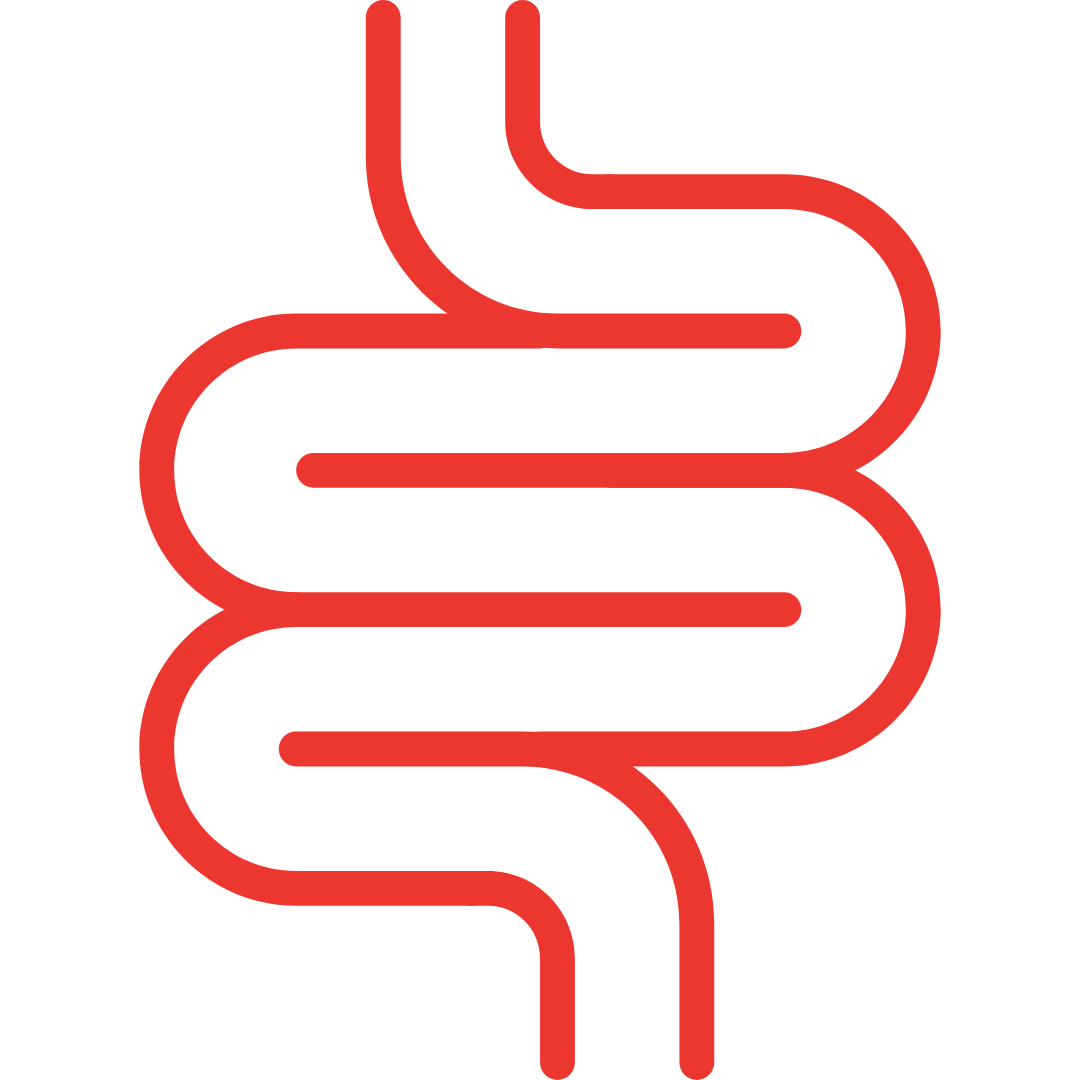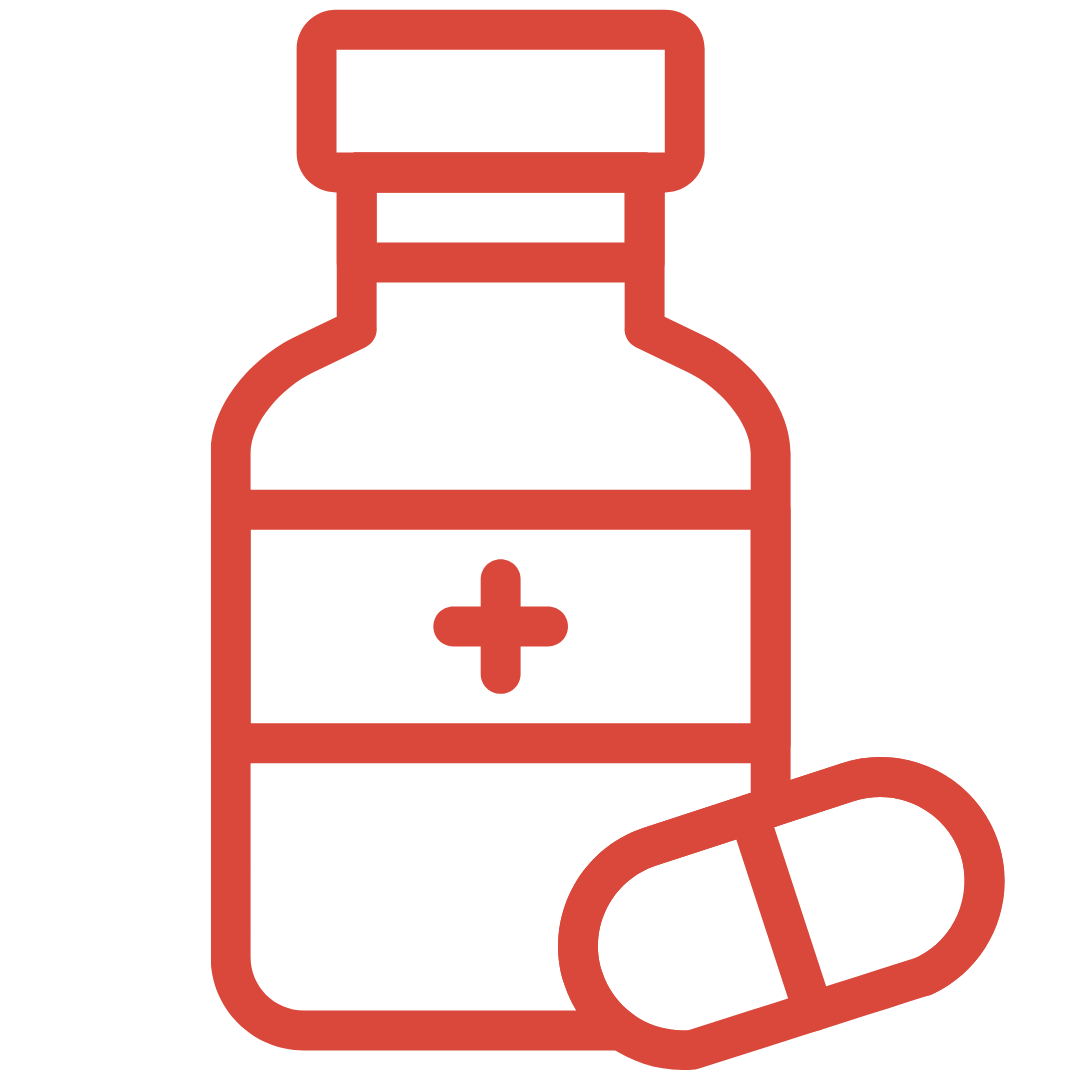VF Omega-3 for Pets, 90 Softgels
- Backed by Standard Process
- Preferred choice of healthcare practitioners
It delivers concentrated fish oil in softgel form to bridge cats’ and dogs’ nutritional gap and help support:
- The pathways that regulate joint health
- Heart health
- Canine healthy skin and coat
- The central nervous system
- Brain development of puppies and kittens
What are omega-3 and omega-6 fatty acids?
Omega-3s and omega-6s are fatty acids that are responsible for supporting a number of critical body systems. However, omega-6s are often consumed in higher amounts than omega-3s. Omega-3s are commonly associated with fish consumption, but modern aquaculture produces fish that are lower in omega-3s than wild fish.1 This has the potential to create nutritional gaps, which can be improved through supplementation.
Why are omega-3 and omega-6 fatty acids important for cats and dogs?
Studies have shown that consuming a balanced amount of Omega-6/Omega-3 fatty acids can provide a number of health benefits.2-5 However, many dogs and cats tend to consume diets that are higher in omega-6 fatty acids. This is partly because grains and oils rich in omega-6s have been largely used in feed for farm animals, which has led to production of meat and eggs rich in omega-6s and poor in omega-3s.6 In addition, modern aquaculture produces fish that contain lower levels of omega-3s than wild fish.1
References:
1. van Vliet T, Katan MB. Lower ratio of n-3 to n-6 fatty acids in cultured than in wild fish. The American journal of clinical nutrition. 1990;51:1-2
2. Roush JK, Dodd CE, Fritsch DA, Allen TA, Jewell DE, Schoenherr WD, et al.. Journal of the American Veterinary Medical Association. 2010;236:59-66.
3. Mooney MA, Vaughn DM, Reinhart GA, Powers RD, Wright JC, Hoffman CE, et al.. American journal of veterinary research. 1998;59:859-63.
4. Scott DW, Miller WH, Jr., Reinhart GA, Mohammed HO, Bagladi MS.. Canadian journal of veterinary research = Revue canadienne de recherche veterinaire. 1997;61:145-53.
5. Kearns RJ, Hayek MG, Turek JJ, Meydani M, Burr JR, Greene RJ, et al. Effect of age, breed and dietary omega-6 (n-6): omega-3 (n-3) fatty acid ratio on immune function, eicosanoid production, and lipid peroxidation in young and aged dogs. Veterinary immunology and immunopathology. 1999;69:165-83.
6. Biagi G. MAL, Cocchi M., Mordenti A. The role of dietary omega-3 and omega-6 essential fatty acids in the nutrition of dogs and cats: a review. Progress in Nutrition. 2004;6.
Dose Schedule
| Cats and Dogs <10 lbs. |
Consult veterinarian |
| Cats and Dogs 10-20 lbs. |
1 softgel per day |
| Dogs 21-40 lbs. |
2 softgels per day |
| Dogs 41-60 lbs. |
3 softgels per day |
| Dogs 61-80 lbs | 4 softgels per day |
| Dogs 81-100 lbs. |
5 softgels per day |
| Dogs 101-120 lbs. |
6 softgels per day |
Or as directed by your veterinarian.
Suggested Use:
Softgel may be consumed whole or snipped and the oil applied directly on your pet’s food.
Nutrients & Ingredients
Each Serving Size (1 Softgel) contains: Ingredients: Fish oil concentrate (from anchovy and sardine), gelatin, water, glycerine, rosemary, and astaxanthin.
Guaranteed Analysis
EPA (min) 250 mg / softgel
DHA (min) 200 mg / softgel
Please consult the actual product label for the most accurate product information.
*These statements have not been evaluated by the Food and Drug Administration. These products are not intended to diagnose, treat, cure, or prevent any disease.



 Joint Health/Inflammation
Joint Health/Inflammation
 Immune System Health
Immune System Health
 Hormonal Health
Hormonal Health
 Digestive Health
Digestive Health
 Energy / Athletic Performance
Energy / Athletic Performance
 Detox, Cleansing, and Weight Loss
Detox, Cleansing, and Weight Loss
 Brain/Memory Health
Brain/Memory Health
 Mental Health
Mental Health
 Sleep Issues
Sleep Issues
 Heart Circulation
Heart Circulation
 Standard Process for Pets
Standard Process for Pets
 Vitamins & Supplements
Vitamins & Supplements






























